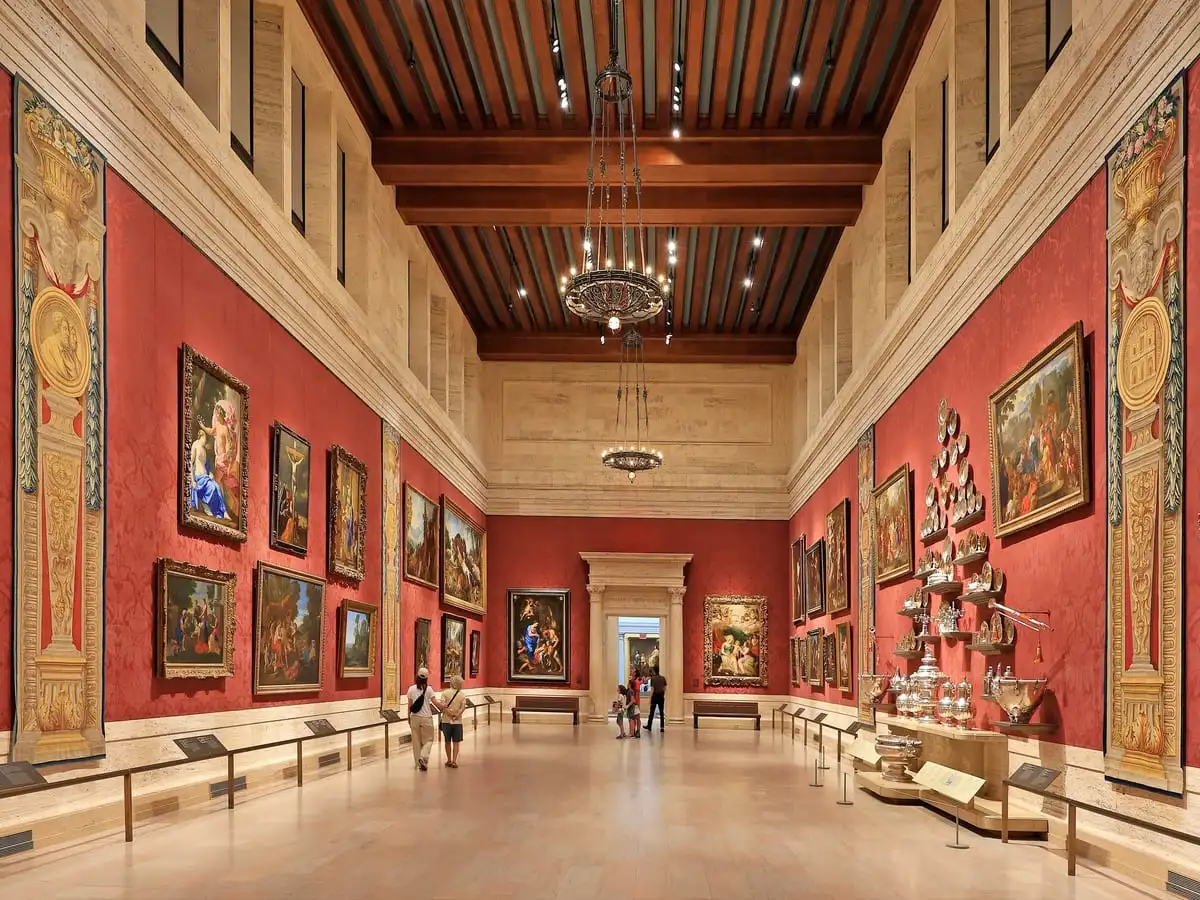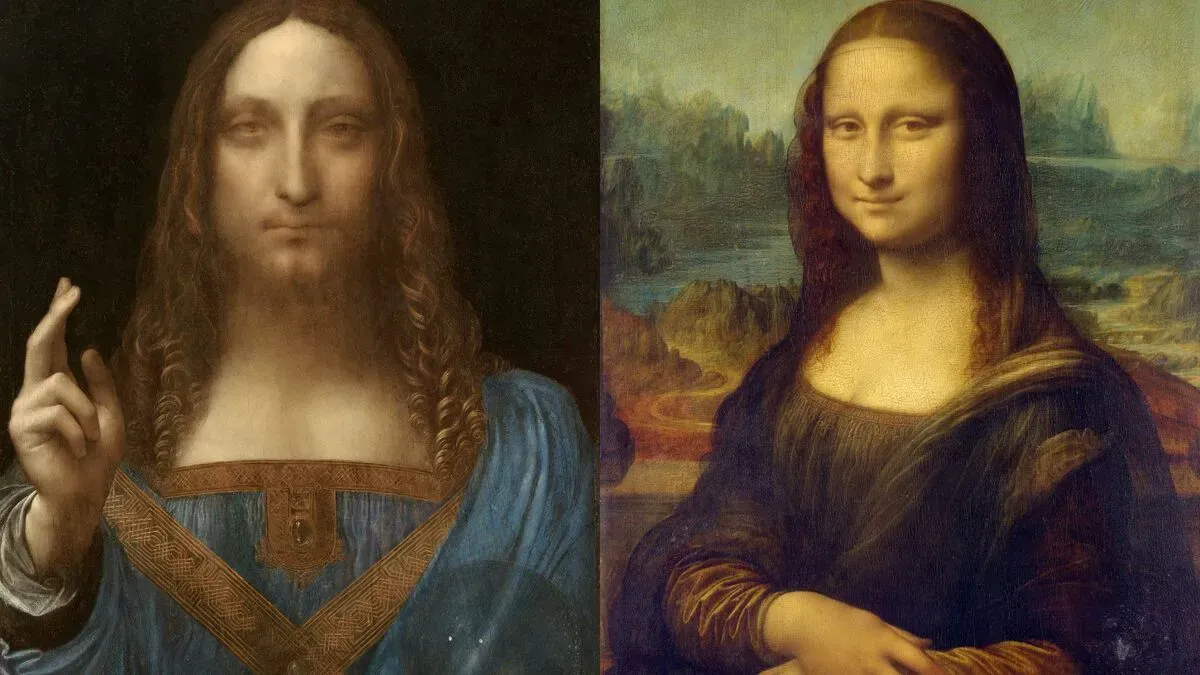Upstox Originals
Not just paint: Why are some artworks worth millions?

4 min read | Updated on August 05, 2025, 17:01 IST
SUMMARY
Mona Lisa was estimated to be worth $1 billion in 2024, and Salvator Mundi fetched $450.3 million at an auction in New York. But how are these prices even determined, and what sets the value of an artwork? Is it the painting’s history, the artist’s contemporary success or is it something more quantitative that determines its value?

Auction houses such as Sotheby’s and Christie's are among the heavyweights of the secondary art market. | Image: Shutterstock
On November 15, 2017, at the Christie’s auction house in New York, the world of art changed forever, as the bids came in for what would come to be known as the most expensive art sale in history.
However, a pivotal question remains: how is the worth of a work of art determined? After all, art is subjective, with its value lying in the eye of the beholder.
To understand the economy of art, we need to know the players involved: the artist, the art appraiser, the auction house, the art gallery and the art collector.
The artist
If the artist is selling their work (which usually happens in the primary market), they determine the prices based on hours spent, material costs, medium used, their contemporary success, etc.
Art appraisers
Art appraisers are experts who determine the value of an artwork. Their work is more than just assigning monetary value; it's about identifying the deep cultural and historical value attached to it.
They look at factors such as the artist's success, condition of the work, historical or cultural context attached to it, and opinions of other experts to determine the “fair market value” of the piece.
Art collectors
They are individuals or entities that acquire artwork either for personal enjoyment or as a financial investment. Their willingness to pay a premium to acquire a work forms the root of their influence.
Art galleries
The endorsement of an art gallery is pivotal in determining the value of a piece of art and ensuring the longevity of an artist's career, especially for emerging artists.
Having one's paintings featured in an established gallery, such as Perrotin and Gagosian, gives artists important access to a wide network of curators, collectors, etc.
Auction houses
Auction houses such as Sotheby’s and Christie's are among the heavyweights of the secondary art market. To estimate the value of a piece, they look at its authenticity and its provenance, which is basically the recorded journey of the artwork from its origins through one or more owners to the present day.

Leonardo da Vinci's Salvator Mundi (left) and Mona Lisa (right). | Images: Wikipedia/public domain
The painting is believed to have been commissioned by King Louis XII of France and his wife Anne of Brittany around 1500. It was acquired by King Charles I of England in 1625 and was sold after his execution in 1649. The painting disappeared from records between 1763 and 1900.
To conclude, the value of a piece of art is determined by a myriad of qualitative factors. Art is subjective; thus, its valuation, too, is subjective. The world of art is multifaceted, with different players, and is layered with cultural, emotional and historical context.
By signing up you agree to Upstox’s Terms & Conditions
About The Author
Next Story
